Have you ever experienced the frustration of starting your lawnmower, only to have it sputter and die shortly after? It’s a common issue that many lawn owners face, but fear not! Today, I am going to share some common reasons for such problems and how to fix them. Understanding the root causes of this problem is crucial for maintaining your mower’s performance and saving yourself from unnecessary headaches. So, let’s roll up our sleeves and dive into troubleshooting mode!
Understanding how a lawnmower works is simple. It has a fuel tank connected to a fuel line, and some fuel lines even have a fuel filter. From there, the fuel travels to the carburetor, which is a crucial part of the engine. When the engine runs, it needs a precise mixture of air and fuel to operate smoothly.
Understanding the Issue
Now, let’s discuss a common issue that often causes lawnmower engines to shut off unexpectedly.
The primary and most frequent issue is having water or debris buildup in the carburetor. However, before diving into the carburetor and beginning the removal and cleaning process, it’s better to explore some simple fixes first.
Begin by checking the spark plug.
Next, ensure that the fuel tank cap is not tightened too much; loosening it slightly can allow airflow.
If the problem persists, then we can proceed with inspecting and cleaning the air filter, fuel tank, and carburetor.
Spark Plug Troubles
A faulty spark plug can also cause your lawnmower to start and then stall. The spark plug is crucial because it ignites the fuel and air mixture in the engine.
To detach the spark plug from your lawnmower, locate and remove the spark plug wire. Then, use a spark plug socket wrench to unscrew the old spark plug and carefully insert the new one, tightening it securely. Finally, reattach the spark plug wire, ensuring a snug fit.
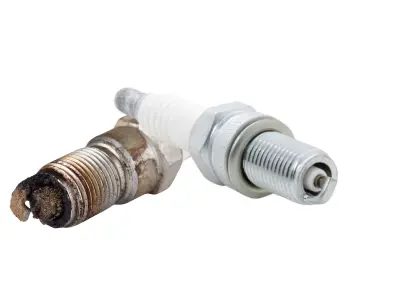
Check the spark plug for signs of wear, carbon buildup, or damage.
If it requires cleaning, use a wire brush or a thread cleaning tool to clean the threads. Remove any dirt, debris, or old thread sealant to ensure a proper seal when reinstalling the spark plug.
If there are stubborn carbon deposits, you can soak the spark plug in a solvent or carburetor cleaner solution for a few hours to help loosen the buildup, but just make sure the solvent doesn’t damage the ceramic insulator.
If the spark plug is damaged, it’s best to replace it right away.
Vapor Lock
Now, let’s talk about a common issue that can cause your lawnmower’s engine to shut off unexpectedly.
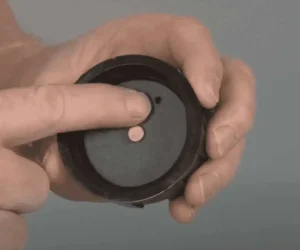
The fuel tank usually has a small hole in the fuel cap to allow fresh air to enter. However, sometimes this hole can get blocked, leading to a vapor lock inside the fuel tank. This lock prevents fuel from flowing properly through the fuel line to the engine, causing it to stall.
To fix this problem, simply loosen the fuel tank cap to allow air to enter as the fuel level goes down. This helps prevent vapor lock and ensures that your lawnmower continues to run smoothly.
It’s better to clean the vent of the cap so that air can flow in, even if the cap is tight.
How to Clean Carburetor
The carburetor is responsible for mixing air and fuel in the correct ratio for combustion. A malfunctioning carburetor can cause starting and stalling issues. Clean or adjust the carburetor to restore proper engine function.
But I would suggest that before going for deep cleaning, just try to clean the carburetor without removing it, If you want a quick fix, take a cordless vacuum cleaner to vacuum away the dirt and debris on the carburetor, Next, spray the carburetor/choke cleaner into the carburetor using a precision straw, and allow it to settle. it will clean the carburetor throat and remove deposits inside the carburetor.
Then try to start the engine, and most of the time it works; if it doesn’t, then it’s better to remove and do a deep cleaning of the carburetor by following these steps:
Step 1: Initial Inspection
Begin by assessing the condition of your lawn mower and its carburetor. Look for any visible signs of dirt, debris, or damage. Ensure the oil and gas levels are adequate.
Step 2: Preparation
Gather the necessary tools and materials:
- Screwdrivers
- Small diameter wire
- Flat-head screwdriver or knife
- Clean rags
- Carburetor cleaner
Step 3: Remove the Air Filter Base

Start by removing the air filter base to access the carburetor. Carefully remove the bolts holding it in place and set them aside.
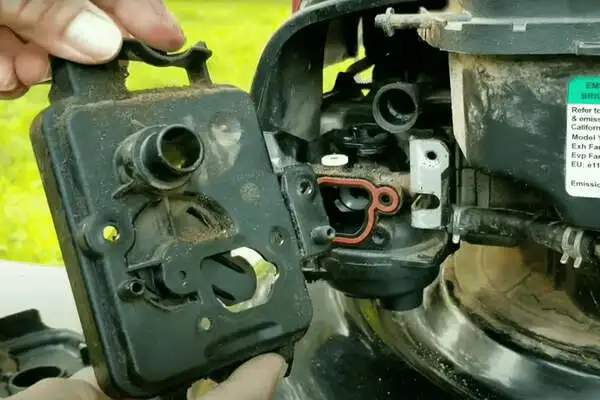
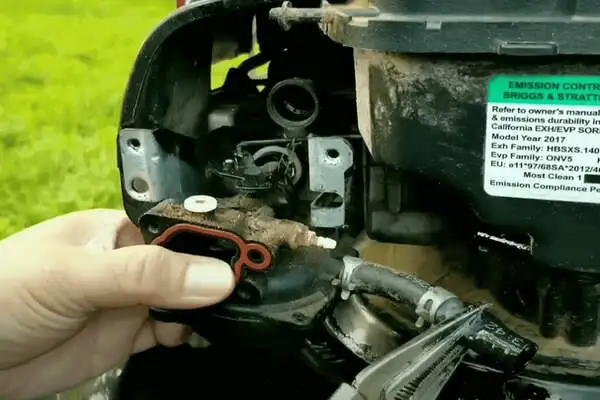
Step 4: Remove Carburetor
Disconnect the fuel line from the carburetor and carefully detach the carburetor from the engine. Be cautious not to lose any gas from the carburetor bowl.
Step 5: Inspect for O-rings
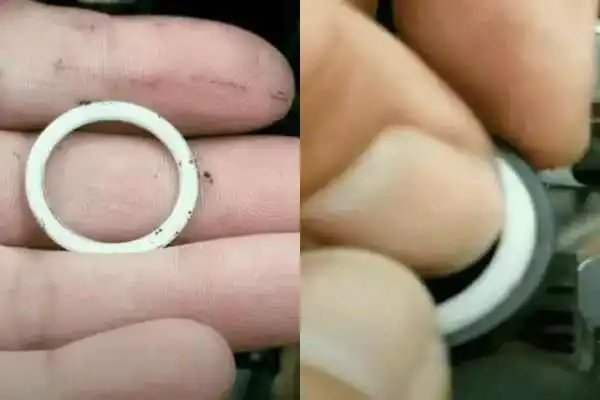
Check for any O-rings or plastic rings on the carburetor. Ensure they are intact and properly positioned.
Step 6: Disassemble Carburetor
Remove the screws holding the carburetor bowl in place. Carefully lift off the bowl to expose the interior components.
Step 7: Clean the Carburetor Bowl
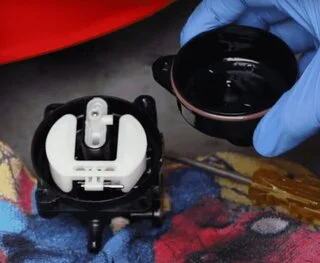
Inspect the carburetor bowl for any signs of dirt, debris, or water. Use carburetor cleaner and a clean rag to thoroughly clean the bowl.
Step 8: Clear Jet Blockage
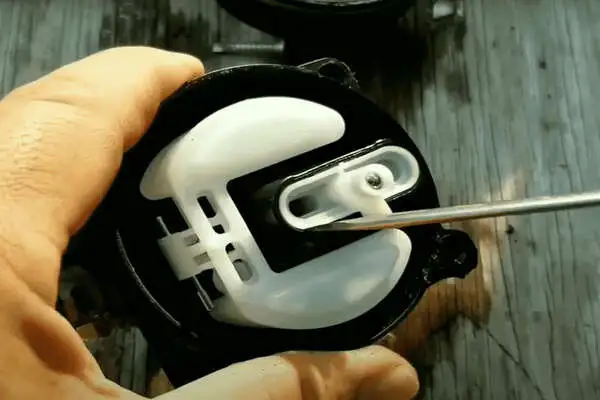
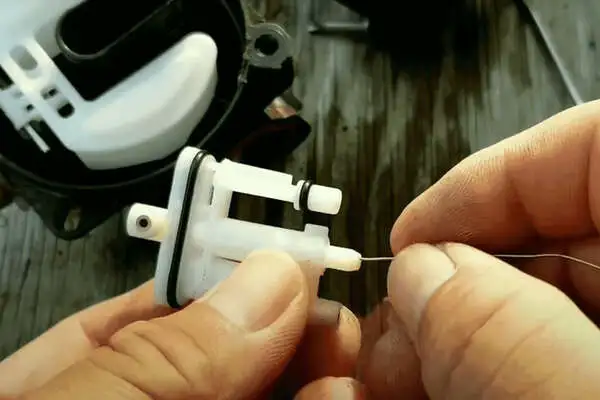
Using a small diameter wire, carefully clear any blockages from the carburetor jet. Ensure all passages are clear and free of obstructions.
Step 9: Reassemble Carburetor

Carefully reassemble the carburetor, ensuring all components are properly aligned and secured. Reattach any O-rings or plastic rings as necessary.
Step 10: Reinstall Carburetor
Reconnect the carburetor to the engine and reattach the fuel line. Ensure a secure connection to prevent leaks.
Step 11: Reattach Air Filter Base
Securely fasten the air filter base back onto the engine using the previously removed bolts.
Fix a stale gas in a lawn mower
Old or contaminated fuel can mess up how your mower works. Over time, fuel can go bad, which can block the fuel lines and carburetor. Especially during the winter season, when lawnmowers often sit idle for extended periods.
If you’re curious about which gas is best for your mower, be sure to check out the article here
Now you need to put in the fresh gas and also clean the tank for any debris laid down in it. To clean the tank, follow these steps:
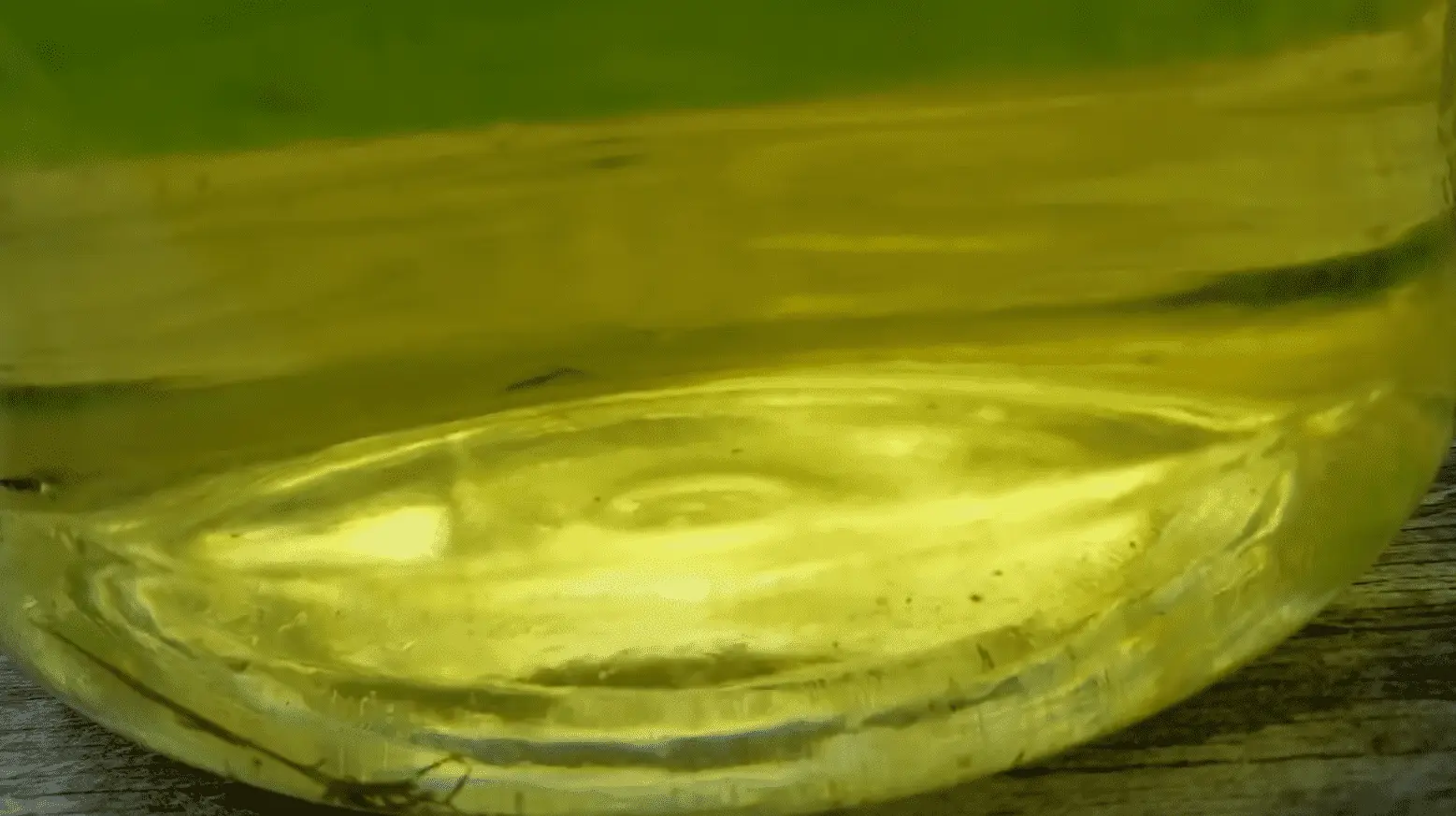
Safely drain the fuel from the tank into a suitable container to check whether the gas is stale or not. If it’s stale, then it’s better to remove all the gas from the tank by lifting the lawnmower on the side, or you can use a siphon to remove the gas.
Use a clean rag or a fuel-safe solvent to wipe the inside of the tank, if it’s difficult to clean using a rag, you can put fresh gas and drain it out from the fuel pipe below, so that all the dirt and debris left behind can be removed from the tank.
After cleaning the tank, fill it with fresh gasoline and add a fuel stabilizer “Amazon Link for My Recommended Fuel Stabilizer” to prevent the fuel from degrading. Finally, start the engine to allow the fresh fuel to circulate through the system
Air Filter Issues
A dirty air filter can block air from getting to the engine, which can cause it to run poorly and eventually stop working
To clean the air filter, use a screwdriver or your hands to loosen and remove the screws or clips securing the air filter cover. Gently lift off the cover to access the air filter.
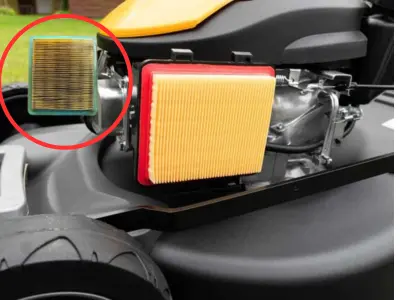
Carefully remove the air filter from its housing. Depending on the type of filter, it may be made of foam, paper, or fabric.
Examine the air filter for dirt, debris, and damage. If the filter is heavily clogged or damaged, it may need to be replaced rather than cleaned.
If the air filter is reusable, it can be cleaned. For foam filters, wash it with warm, soapy water, then rinse thoroughly and allow it to air dry completely. For paper or fabric filters, gently tap or brush off any loose dirt and debris.
Other Problems to Look For
✅Ignition Coil Malfunction
In a lawnmower, the spark plug ignites the fuel-air mixture for combustion, while the ignition coil generates the high-voltage electrical pulse needed to create the spark.
Essentially, the ignition coil produces the spark, and the spark plug delivers it to the combustion chamber.
A faulty ignition coil can lead to intermittent stalling. Test and replace the ignition coil if necessary to ensure consistent spark production.
✅Overheating Engine
An overheating engine can also cause your lawnmower to stall unexpectedly. Ensure proper airflow around the engine, and check for any obstructions or debris that may be causing overheating.
Check the oil level in the engine, low oil level also causes the engine to overheat.
If you are facing engine sputtering issues, i would recommend reading this article here
Conclusion
In conclusion, troubleshooting why your lawnmower starts but then dies requires a systematic approach and an understanding of the underlying causes. By addressing common issues such as fuel-related problems, spark plug troubles, air filter issues, carburetor problems, ignition coil malfunction, and engine overheating, you can keep your lawnmower running smoothly and efficiently. Remember to perform regular maintenance checks and seek professional assistance if needed. With the knowledge gained from this guide, you’ll be well-equipped to tackle any lawnmower woes that come your way!

